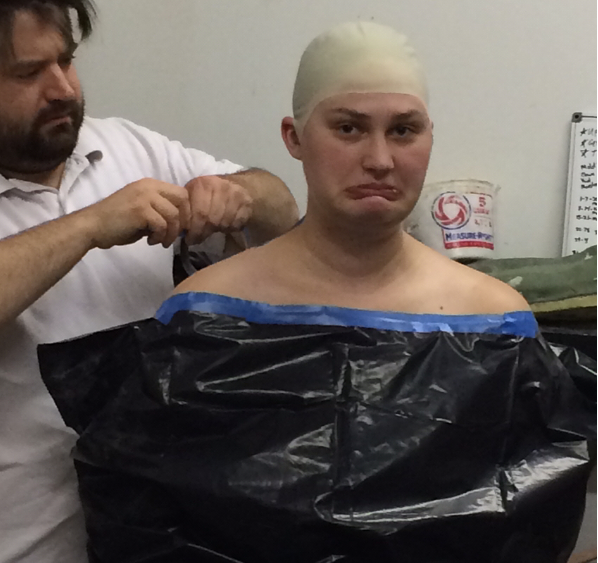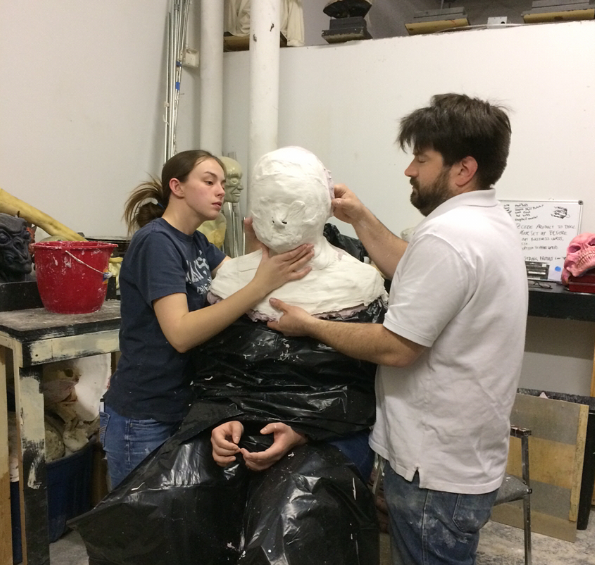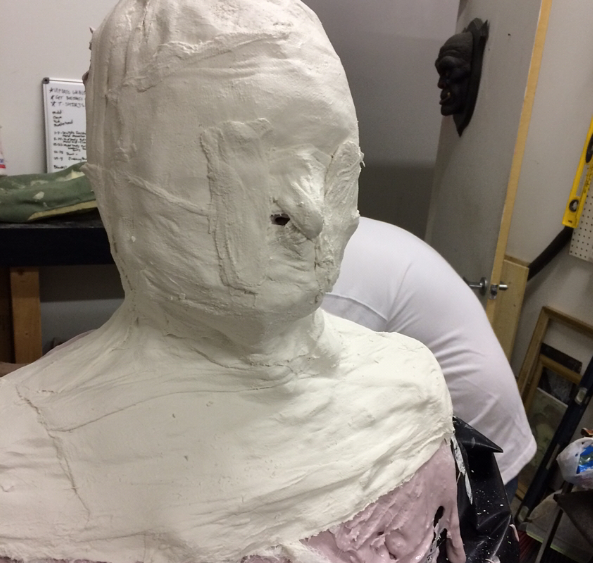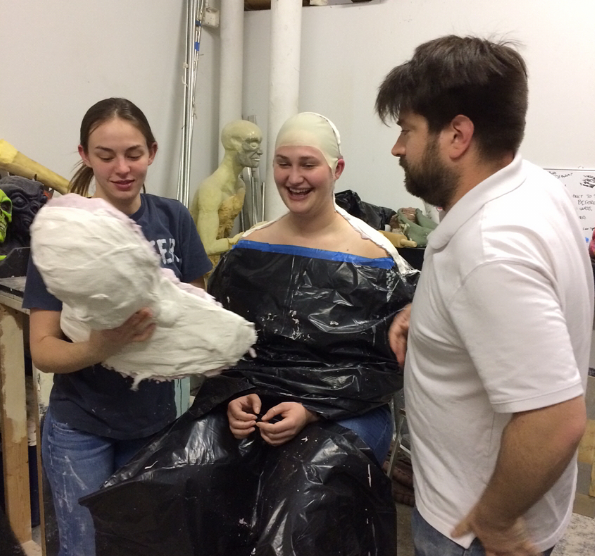Welcome to Marwen
by Cat McAlpine
Mark Hogancamp awoke from a vicious attack with no memory of his former life. He remembers, vaguely, that five men beat him to the brink of death, that they beat him because he drunkenly mentioned he liked to wear women’s shoes, and that one of his assailants had a swastika tattoo. The rest of his life has been left for Mark to piece together.
No longer able to draw as he once did (or even write his name), Mark finds a new art to work through his trauma. He models dolls after himself and women he knows. The dolls awaken in the town of Marwen every morning to fight five Nazis, again and again.
The real life story was the basis for the wonderful documentary Marwecol in 2010, inspiring director/co-writer Robert Zemeckis to craft his own narrative version,
Steve Carell does his level best as Mark, and connects with an impressive range. But he’s better than this film, and he’s better than this script.
Also occupying the town of Marwen is a mysterious Belgian witch whose obsessive grasp on Captain Hogie (Mark) is so obviously a metaphor for his addiction that she literally disappears from scenes by morphing into the pills Mark takes each morning. And yet, half way through the film, when he’s asked what real life woman the witch is based on, Mark says in wonderment “I don’t know. I don’t know where she came from.” Someone in my theatre laughed.
Welcome to Marwen’s greatest struggle is that it cannot commit to what it wants to be. Half of the film takes place with Mark’s dolls in Marwen, fully animated and pursuing comical fits of violence. The other half of the film follows Mark in real life as a lovable weirdo whose addiction to his medication and rampant PTSD don’t allow him to live far beyond the model village built in his yard.
The dissonance in the film comes from a holding back of sorts. It never gets quite as weird or fantastical as it could. The real world plot of Mark’s life is boring and predictable. The whole film feels like a concession between Zemeckis’s vision, and what he thought the audience might want to see. Instead, he ends up with something from an alternate universe Hallmark channel.
Worst of all, is the film’s bizarre commoditization of women. Mark fashions dolls from the hobby shop into sexier, more violent versions of women he knows in real life. None of these women seem upset or worried about their doll counterparts, disturbing though they are. Especially when one of the dolls is molded after his favorite porn star.
The film leads by making a joke of calling the women “dolls”, and then uses this joke to consistently refer to them as such moving forward. Twice Welcome to Marwen milks a joke out of a doll’s shirt being ripped open to expose her chest. Mark says he wears women’s shoes because he loves women so much, it helps him connect with their essence. His G. I. Alter Ego, Captain Hogie, screams in a triumphant moment, “Women are the saviors of the world!”
So. Mark can be celebrated for being brave enough to wear women’s shoes, but women’s clothing reduces them to sexualized objects.
Mark’s life seems to be defined by his failure to find a woman to love. His entire fantasy world is based on the idea that women can and will save him. The idea of women is celebrated, but women themselves are only treated as vehicles for romance or items waiting to be idealized. And there’s more. But a review should only be so long and disappointed.
Women aren’t here to fix you, or to save you. And they certainly couldn’t save Welcome to Marwen.













